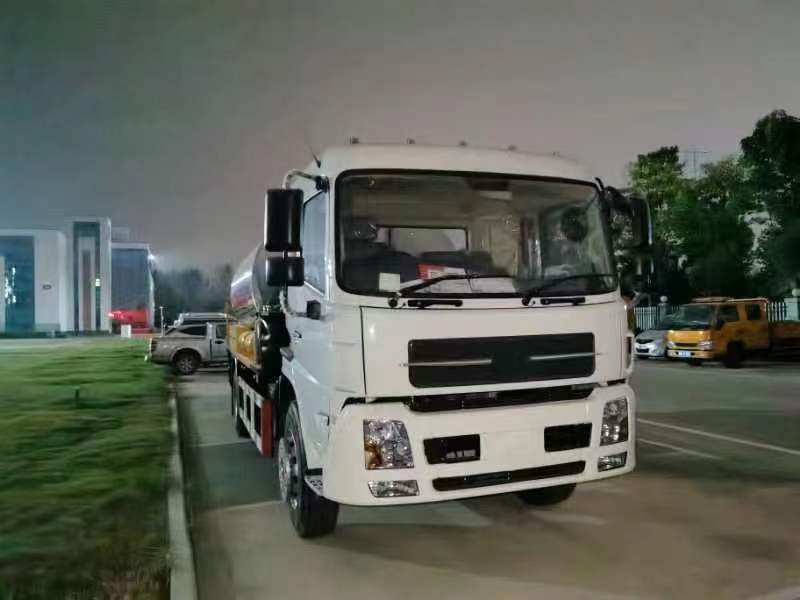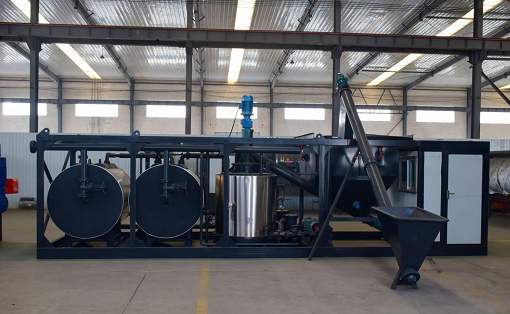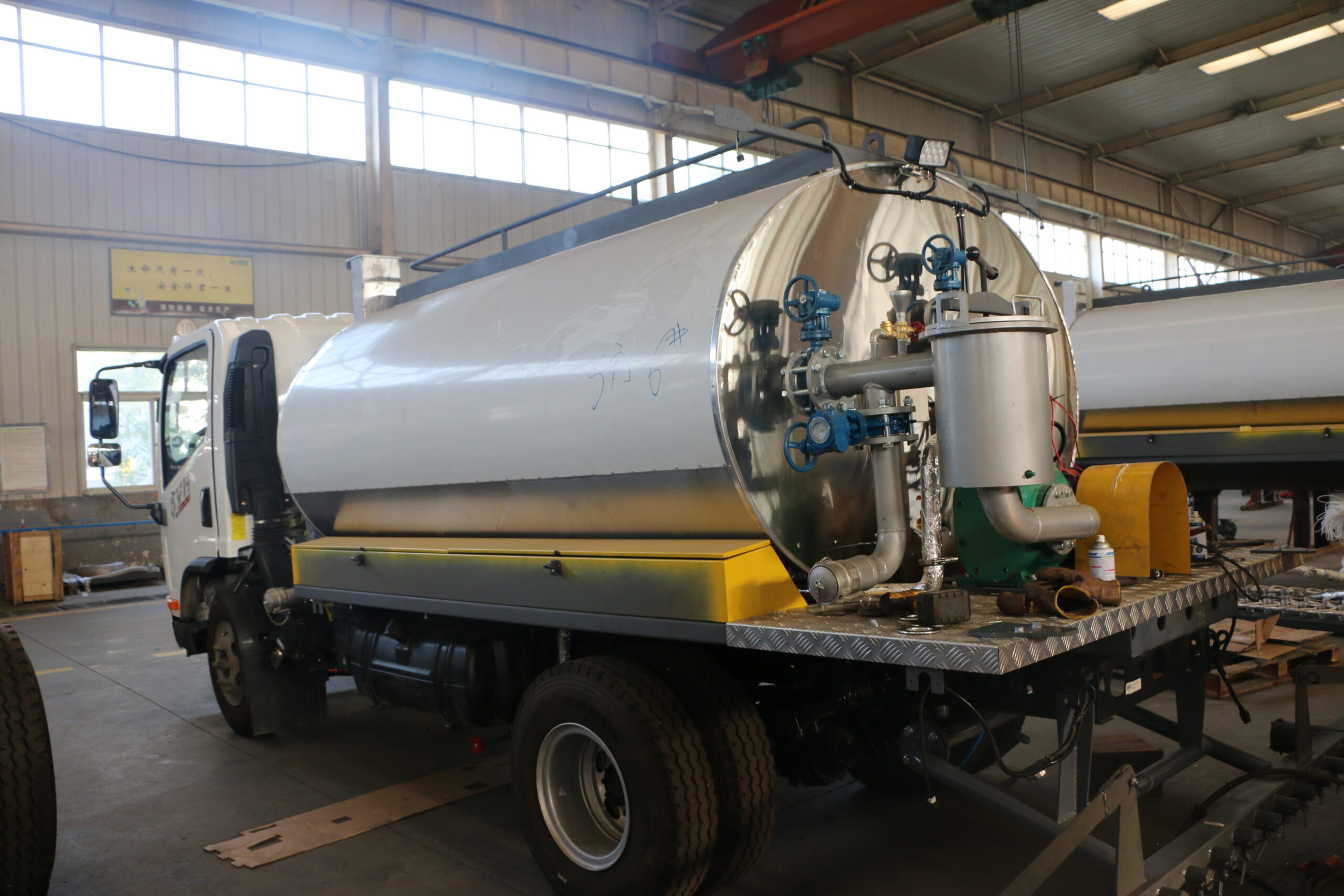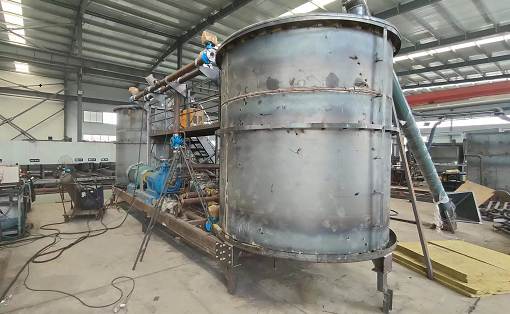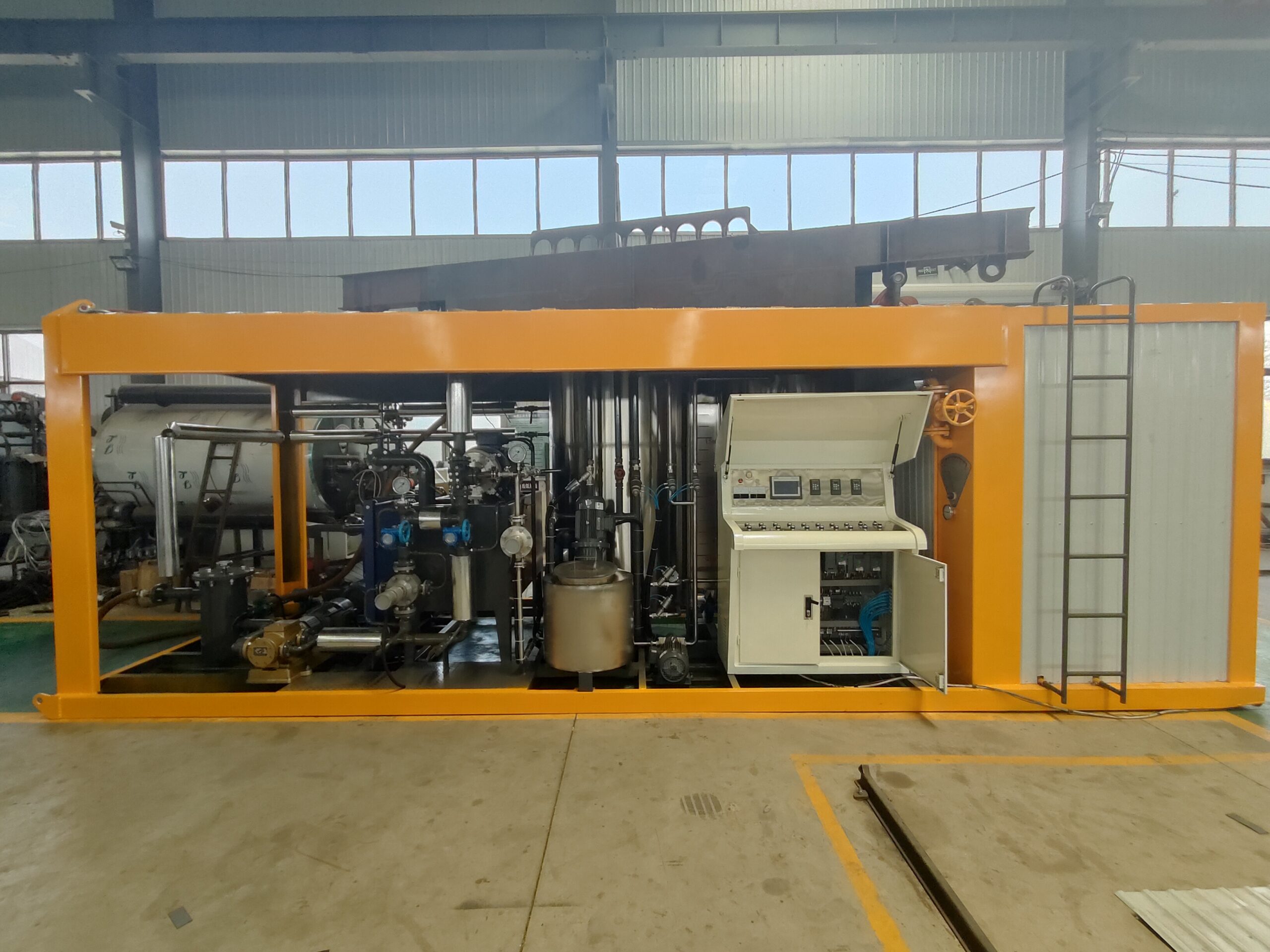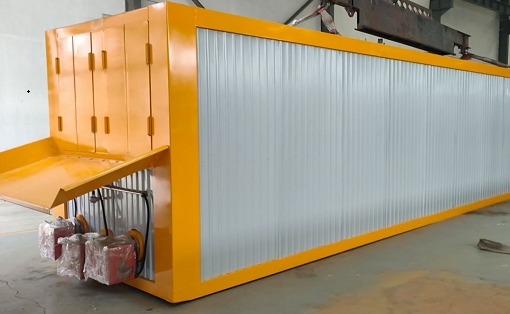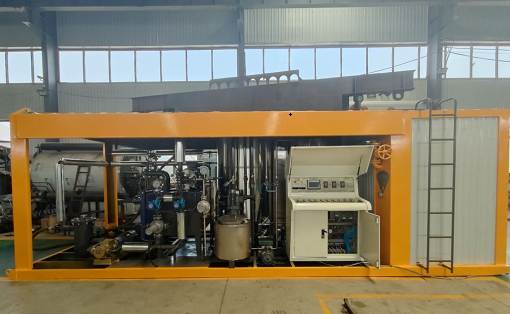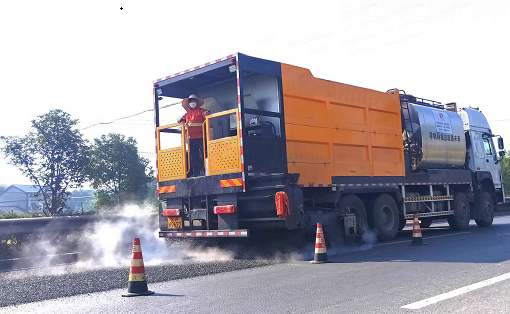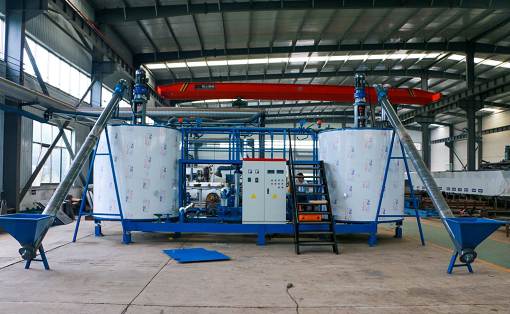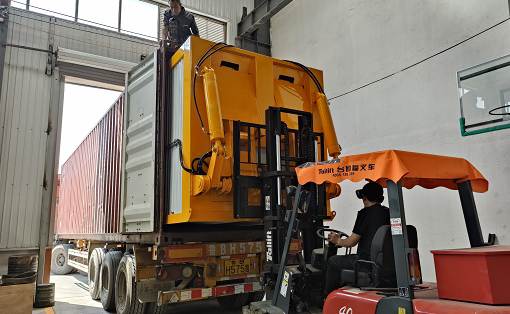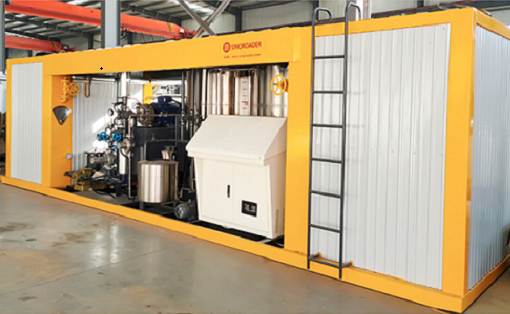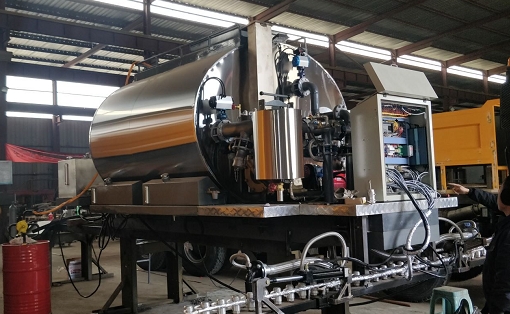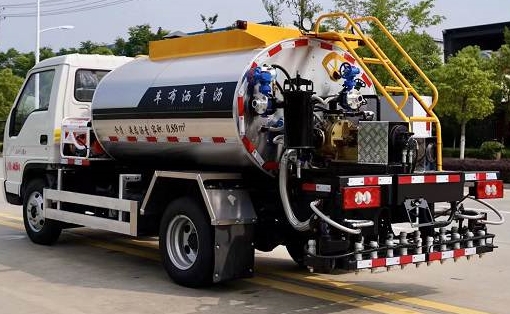How to solve the problem of uneven spreading of asphalt spreaders?
Asphalt spreaders are a kind of black road construction machinery. They are the main equipment for the construction of highways, urban roads, airports and port terminals. The equipment is mainly used to spray different types of asphalt on the road surface to meet the construction requirements of different grades of road surface penetration, adhesion, upper and lower sealing layers, fog sealing layers, etc.
However, the spreading effect of some asphalt spreaders on the market is not satisfactory, and there will be uneven lateral spreading. The typical lateral unevenness is the lateral stripes that appear during spreading. At this time, taking certain measures can effectively improve the lateral uniformity of asphalt spreading.
1. Improve the nozzle structure
This has the following purposes: First, to adapt to the structure of the spraying pipe so that the asphalt flow distribution of each nozzle is close to the same; second, to make the shape and size of the spraying projection surface of a single nozzle meet the design requirements, achieve the best, and make the asphalt flow distribution in the area meet the design requirements; third, to adapt to the construction requirements of different types of asphalt and different spreading amounts.
2. Appropriately increase the spreading speed
As long as the speed of the intelligent asphalt spreader changes within a reasonable range, it will have no effect on the longitudinal uniformity of asphalt spreading. Because when the vehicle speed is faster, the amount of asphalt spilled per unit time becomes larger, while the amount of asphalt spread per unit area remains unchanged, and the change in vehicle speed has a greater impact on the lateral uniformity.
When the vehicle speed is faster, the flow rate of a single nozzle per unit time becomes larger, the spraying projection surface increases, and the number of overlaps increases; at the same time, the jet speed increases, the asphalt collision energy increases, the “impact-splash-homogenization” effect is enhanced, and the lateral spreading is more uniform, so a faster vehicle speed should be appropriately used to keep the lateral uniformity at all times.
Intelligent asphalt spreader, high spreading accuracy, spraying amount is not affected by vehicle speed
3. Improve asphalt characteristics
The viscosity of asphalt is large, the asphalt flow resistance is large, the injection molding is small, and the number of overlaps is reduced. In order to overcome these shortcomings, the general practice is to increase the nozzle diameter, but this will inevitably reduce the jet speed, weaken the “impact-splash-homogenization” effect, and make the lateral spreading uneven. In order to improve the performance of asphalt construction technology, the asphalt characteristics should be improved.
4. Make the height of the spray pipe adjustable from the ground, closed-loop control
Since the spray fan angle will be affected by factors such as vehicle speed, asphalt type, temperature, viscosity, etc., the height from the ground is best determined based on construction experience and used as a basis for adjustment:
If the height of the spray pipe from the ground is too high, the impact force of the asphalt spraying will be reduced, weakening the “impact-splash-homogenization” effect; if the height of the spray pipe from the ground is too low, the number of overlapping asphalt spray fans will be reduced. The height of the spray pipe should be adjusted according to actual conditions to improve the asphalt spraying effect.
Technical advantages of intelligent asphalt spreader:
1. It can spray emulsified asphalt, diluted asphalt and other triple overlaps;
2. Freely adjust the spreading width, each nozzle is controlled separately and can be combined arbitrarily;
3. High spreading accuracy, neat start and end, and the spraying volume is not affected by vehicle speed;
4. All-round thermal oil heating ensures smooth spraying of nozzles and fully automatic control;
5. Highly intelligent modular control system, spreading operations can be completed in the cab;
6. Diesel circulation cleaning and air purge system, saving diesel, simple and reliable;
7. The chassis adopts a two-speed gearbox, with stable operating speed and large driving torque;
8. With a hand spray gun device, asphalt can be added to corners.

